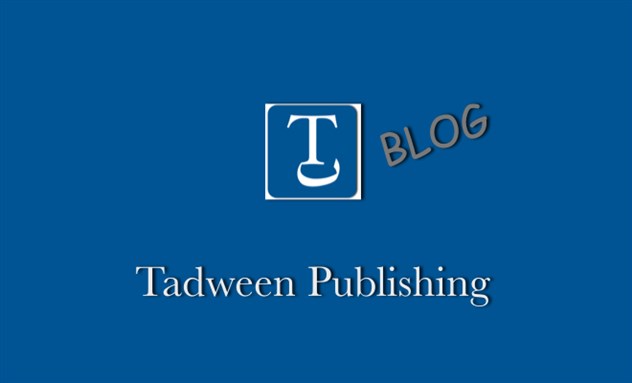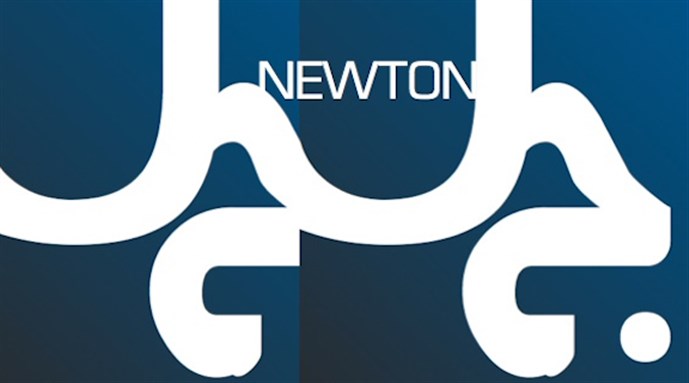[The following article was originally published on Tadween Publishing`s blog. For more information on the publishing world as it relates to pedagogy and knowledge production, follow Tadween Publishing on Facebook and Twitter.]
In a rare public appearance, Bashar Asad visited Damascus University on 4 May to dedicate a statue to the martyrs from Syrian universities who have been killed in the country’s two-year ongoing violence. While Asad’s appearance is undoubtedly a calculated political move, there is no question that the state of education in Syria has been devastated by the conflict that has consumed the country.
Syrian students have been caught in the crossfire over the past two years of war, with carnage being inflicted on campuses and schools on several occasions. Aleppo University was hit with two deadly explosions on 15 January, resulting in eighty-two casualties and over 190 wounded. Two months later, mortar strikes hit Damascus University on 28 March, killing fifteen students according to the state-run news agency SANA.
While both the regime and opposition trade blame over who was responsible for these attacks and other acts of violence, the toll that the Syrian conflict is taking on students is severe, though difficult to measure considering the lack of accurate information from the country.
A report covering the state of Syrian youth, released by UNICEF in March 2013, notes that due to the effects of the conflict on Syrian youth and education, there will be a “lost generation.” The report states that “many schools have been damaged, destroyed, or taken over by displaced people seeking shelter. Countless children suffer from the psychological trauma of seeing family members killed, of being separated from their parents and being terrified by the constant thunder of shelling.”
The report goes on to note that nearly 800,000 children under the age of fourteen have been internally displaced as a result of the violence in Syria, leaving opportunities for schooling severely constrained.
At least 2,400 schools have been destroyed in the duration of the Syrian conflict, and an estimated 1,500 are being used as shelter for displaced families. Where schooling is still available, cases of overcrowded classrooms have been reported as a result of displaced families seeking schools for their children to attend.
Aside from the destruction of schools and universities and their transformation into shelters, it is becoming increasingly difficult for students to pursue education, especially in the north and south of the country, according to UNICEF.
“Even in those schools that are still open, attendance is very irregular,” activist Omar Abu Layla told the New York Times. “Parents worry about sending their kids to school because warplanes usually target schools where the displaced have sought refuge.”
While opportunities for a coherent education inside Syria are deficient, the situation for Syrian refugees in surrounding countries is not necessarily better. The University of California, Davis Human Rights Initiative and the Institute for International Education’s Scholar Rescue Fund conducted a study on the status of refugee Syrian university students in Jordan. A preliminary report released by the study states that, “the collapsing nature of higher education inside Syria and the attendant internal and external displacement of faculty and students is a generally unacknowledged and unmet component of the larger civilian Syrian humanitarian disaster.”
Preliminary findings by the study claim that the cost of schooling in Jordan is much higher than in Syria, making it difficult for some displaced Syrian students to continue their education in Jordan. Syrian academics are also having a difficult time finding employment in Jordanian academic institutions. In fact, Jordan’s current economic challenges make it difficult for refugees overall.
The toll of war is often portrayed in the form of body counts and monetary damage. However, the infrastructure that is torn to shreds by conflict, whether such infrastructure is corrupted by politics or not, leaves a long-term negative impact on populations. The destruction of educational infrastructure is among one of the most difficult things to repair. It requires planning, equipment, an appropriate amount of instructors, and a sense of security in the population.
In an article for the Brookings Institution, Maysa Jalbout and Rebecca Winthrop summarize the need for attention to Syria’s education system, emphasizing that, “for Syria, as in Iraq and in most countries affected by conflict, if education is not prioritized urgently and systematically, we can also expect the same devastating legacy. It will result in less children and youth going to school, fewer years of schooling, lower literacy rates and even worse outcomes for those who were marginalized before the conflict, including girls and women.”
Youth across the Middle East have often been credited for being the catalyst for change in the Arab uprisings, including in Syria. Yet, while the actions of Syrian youth may be fueling an uprising and the demands for regime change, the impact of the resulting conflict on education will leave a lasting influence on the country’s future.

![Now Available at Tadween Publishing in Partnership with Tadamun: "Planning [in] Justice العدالة في التخطيط"](https://kms.jadaliyya.com/Images/135x94xo/covers210326041535580~.png)














